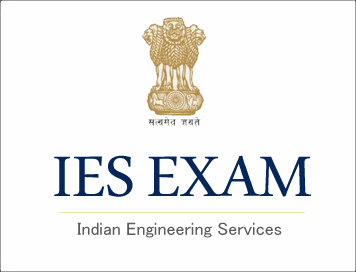
Paper :
IES Indian Economic Previous Year Paper (2000)
SECTION-I
Candidates should attempt any FIVE parts of the following
question. (Answer to each part should be approximately of 50 words).
1. What do you understand by: (5 × 7 = 35)
(i) Green Revolution.
(ii) Terms of trade between agriculture and industry.
(iii) Fiscal policy.
(iv) Industrial sickness.
(v) Globalization. .
(vi) Non-performing assets of commercial banks.
(vii) Trickledown mechanism.
SECTION-II
Candidates should attempt any FIVE path of the following
question. (Answer to each part should be approximately of 150 words)
2. (i) Examine the concept of Decentralized Planning and its relevance to
Indian economy.
(ii) Discuss the role of the Finance Commission in centre- state relations.
(iii) Comment on India’s human development programme since independence.
(iv) Write a note on India’s fiscal deficit and its implications for the
economy.
(v) Explain the phenomenon of industrial retrogression with reference to the
Indian economy.
(vi) Discuss the employment strategy adopted during the 8th Five Year Plan.
(Vii) Explain IRDP and its limitations. . (5 × 15=75)
SECTION-III
Candidates should attempt any THREE of the following questions. (Answer to
each question should be approximately of 500 words).
3. Examine the appropriateness of economic reforms since 1991 in the light
of the problems of poverty and unemployment. (30)
4. Does the increasing food grain production point to the fact that agricultural
development in the country has attained a sound footing? Explain. (30)
5. Discuss the rationale of disinvestment in public sector enterprises in the
light of their contribution to economic development. (30)
6. Explain the importance of fiscal policy as an instrument of resource
mobilization. How far has it been effective in India? (30)
7. Examine critically, the anti-inflationary policy of government of India. (30)
